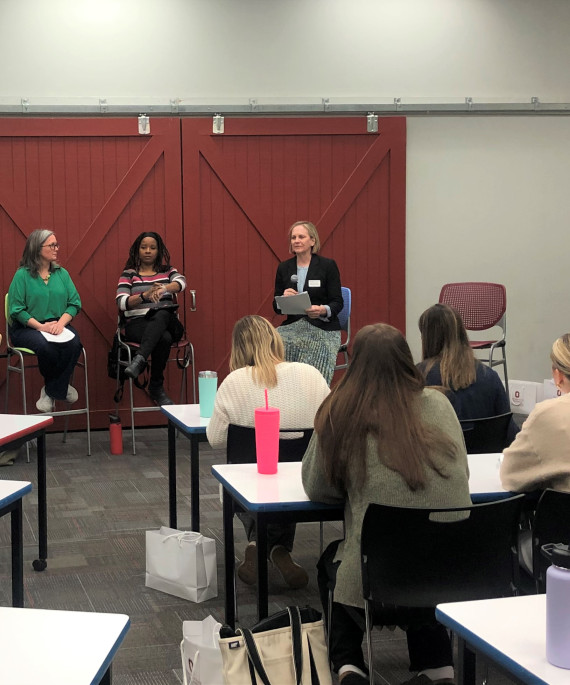
Nearly half of teachers want to quit or at least transfer to another school.
Nearly half of teachers are considering quitting or transferring jobs, with one of the main reasons being the violence and threats made against them, according to a nationwide survey conducted during the COVID-19 pandemic.
The results should serve as a wake-up call to policymakers and legislators about the state of education in the United States, said Eric Anderman, a member of the task force that produced the report.

“When 49% of teachers nationwide say they desire or are planning to quit or transfer, that’s huge,” said Anderman, a professor of educational psychology at The Ohio State University.
“This is strong national data backing up the disturbing anecdotes and stories we’ve been hearing from teachers. There’s a crisis in the teaching profession.”
Anderman is one of seven national experts on the American Psychological Association’s Task Force on Violence Against Educators and School Personnel.
The task force conducted the survey (detailed in a technical report) in collaboration with national education and related organizations. They surveyed 14,996 participants from all 50 states and Puerto Rico, including 9,370 teachers as well as administrators, school psychologists and social workers, and other staff members.
Data was collected from July 2020 to June 2021, when the pandemic forced many schools to operate online or in hybrid modes.
Anderman, who has studied violence against teachers and was once a teacher himself, was particularly focused on the results related to teachers.
One out of every three teachers (33%) reported at least one incident of verbal harassment or threatening behavior from a student, the survey found.
As part of the study, teachers were asked open-ended questions about their experiences teaching during the pandemic. Although instructors reported less physical aggression while classes were online, they said aggression had increased since the return to in-person instruction.
In the survey, 14% of teachers reported physical violence from students, while 33% reported verbal attacks or threats of violence. And it wasn’t just students who were perpetrators: 29% of teachers said they received threats from parents.
Anderman said he hopes this report lets teachers know they are not alone and makes them more likely to report violence and threats against them.
A 2018 nationwide study led by Anderman found that one in five teachers who were the victims of physical or verbal violence at their schools didn’t report the incidents to school administrators. The results showed that significant minorities of teachers who experienced violence also didn’t tell their colleagues (14%) or family (24%)
“Violence against educators is a silent epidemic in some ways, because many victims don’t want to talk about it with their families or even colleagues and administrators,” Anderman said.
The task force made recommendations to address violence against teachers and other school personnel.
Anderman said he believes one of the most pressing needs is “serious professional development” for teachers about how to deal with violence and threats in the classroom.
“It has to be real training that helps teachers recognize signs of violence and aggression before they happen and helps train them how on to deal with these incidents,” he said.
Anderman said he also supports having a national clearinghouse that teachers could use to anonymously report threats or violent incidents.
Overall, the results outlined in the report made clear that the pandemic made the already stressful job of being a teacher even more difficult, because of the threat of violence and many other issues, he said.
“We have to find a way to better support teachers and other school personnel,” Anderman said. “We can’t afford to lose nearly half of our teachers.”
The APA task force plans to present these findings at a congressional briefing March 17, joined by national co-sponsoring organizations that include the National Education Association, American Federation of Teachers, National Association of School Psychologists, National Association of School Social Workers and School Social Work Association of America.




